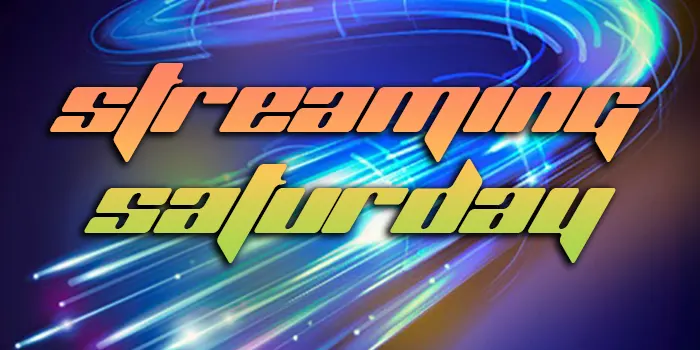Well friends, we’re coming to the end of another year. The world of streaming has changed a lot in 2023, and I’m not sure it changed for the better. Since the next two weekends will be holidays and I’ve got pre-written content to go into those slots, now’s the time to look at the high points and low points of the year that’s about to be behind us.
HIGH POINT: Google sure showed me
I have to admit, I didn’t think even Google’s servers could handle the extra traffic from hosting all those NFL Sunday Ticket games. I think they pulled it off quite well. There was one week in the middle of the season where things didn’t go as planned, but otherwise there were very few issues. I think it helped Google that businesses are still using satellite, and that the package is priced quite a bit higher than it was with DIRECTV. That cut down on the demand, I expect, and that made it easier to keep things smooth.
HIGH POINT: The content kept coming
With twin strikes taking up much of the midpoint of the year, I think we were all worried that the content would just dry up by the fall. Now it remains to be seen how long it will take the studios to recover, but for now we’re still seeing a lot of stuff come out on streaming. I’ll also call it a high point that both the writers and actors seem to have come to a reasonable agreement on the use of AI in content creation. No one really wants all their stuff to be created by robots.
HIGH POINT: More devices than ever
I’d be remiss if I didn’t point out that there were quite a few product launches related to the streaming space this year. Roku started selling TVs under its own name, and surprisingly, they’re pretty good. DIRECTV rolled out two new devices, one that combined satellite and streaming and one that improved their live TV streaming service. DISH continued to improve their Hopper Plus add-on for the Hopper 3, which also allowed for apps and satellite programs on the same device. It seems like the days of devices going obsolete quickly are behind us, and today’s hardware looks like it will hold up well into the future.
LOW POINT: It costs how much now?
An informal survey of just the apps I use reveals that prices have gone up a fricken lot. A lot of providers rolled out price increases in the 20-40% range this year. I’ve said it before on this blog, but it’s not that long ago that both Netflix and Hulu were free streaming apps. Black Friday-style deals on streaming apps also seem to be a lot less common than they were at this time last year.
LOW POINT: Charging for stuff you shouldn’t charge for, and bundling stuff you don’t need to bundle
Paramount+ sort of absorbed Showtime this year, and that’s the rationale for their price increase. But what if you don’t see the value of Showtime content? Too bad, because it’s included anyway and you can’t separate it.
This year, Max started rolling out a premium tier which you’ll need if you want 4K. Netflix has been doing this for years and frankly it’s embarrassing. They raised prices by a lot too, and they did it by bundling in Discovery+ content, live video from CNN, and some manner of sports which I find utterly uninteresting. That’s all fine if you actually want any of that stuff.
Not to be outdone, Paramount actually turned off streaming access to Showtime completely for cable and internet subscribers. This is after they already increased prices.
Finally, not to be outdone, Disney announced late in the year that their unified app for both Disney+ and Hulu content. You can see the Hulu button on your Disney+ app now if you have the combo. How long before this is the only choice?
SUPER LOW POINT: Putting accounting tricks ahead of people
If there’s an absolute loser this year, it’s the Max app. (Are you surprised?) Not only did it launch with bugs galore, not only did it offer customer-unfriendly features like auto-playing previews with audio, it also highlighted the biggest trend of the year. That trend is also the most troubling.
Max chose to take a lot of scripted content off its service. Why? So they could offer it to other apps like Netflix and Prime Video. No doubt this makes them some money, but it’s still not clear how many subscribers it cost them.
At the same time, Warner Bros. Discovery (the parent of Max) made absolutely no friends at all by shelving content that was ready to go. They did it in the name of tax writeoffs. I’m not saying that content was going to be incredibly awesome. Thing is, I would have liked to have decided for myself. This is a very troubling trend that highlights the generally poor project management that dogs the entertainment industry. These companies shouldn’t greenlight things that they aren’t willing to commit to, because there’s always a cost. Sometimes that cost comes more in the lost good will from your customers, and this was one of those times.
Here’s to 2024!
Of course, this column will be back in 2024 with lots more to complain about in the world of streaming. Be sure to check us out every Saturday!





